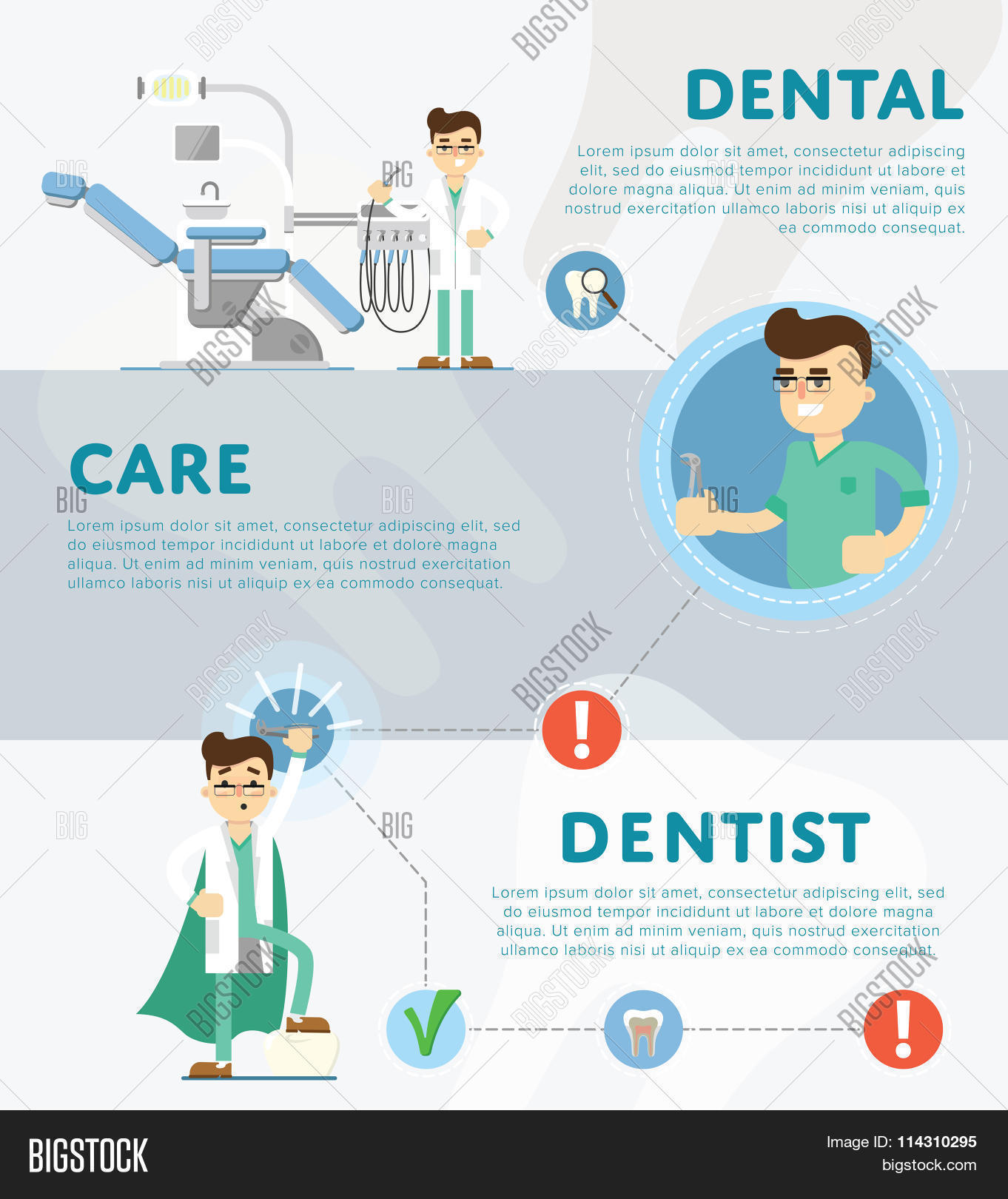Be Planned For Unexpected Dental Emergency Situations By Identifying The Indicators Of Trauma And Knowing When To Seek Immediate Treatment
Be Planned For Unexpected Dental Emergency Situations By Identifying The Indicators Of Trauma And Knowing When To Seek Immediate Treatment
Blog Article
Produced By-Lowery Schaefer
If you feel a sudden shock of discomfort or observe a tooth injury, it can be unsettling. However exactly how do you identify if it's an oral emergency situation that requires prompt focus? Comprehending https://www.prweb.com/releases/abs_dentistry_is_bringing_the_price_of_invisalign_down_to_3_950/prweb18427933.htm and recognizing when to look for help can make all the distinction in preserving your dental health and wellness. Knowing when to act quickly could imply the difference in between a quick fix and more considerable therapy.
Common Kind Of Dental Trauma
What're the usual types of oral injury that you should understand?
Crashes can happen, bring about different types of dental injuries. https://best-cosmetic-dentist-atl49517.azzablog.com/30395780/unlock-the-full-capacity-of-invisalign-in-straightening-your-teeth-and-explore-the-unexpected-benefits-that-exceed-plain-correcting-the-alignment-of of oral injury is a split tooth. This can take place from attacking down on something difficult or experiencing a strike to the face.
An additional type is a busted tooth, where a part of the tooth can chip off. Furthermore, you may experience a knocked-out tooth, which can occur during sporting activities or falls. It's vital to manage the tooth meticulously and seek prompt oral attention.
Dental injury can also entail a tooth that has actually been pushed out of placement or loosened because of an injury. This kind of injury requires timely therapy to conserve the tooth.
Last but not least, soft tissue injuries in the mouth, such as cuts, can likewise happen from crashes. Understanding about these common sorts of oral injury can aid you act swiftly and appropriately in case of an emergency.
Indicators of Oral Emergencies
Identifying the signs of oral emergency situations is important for timely activity and appropriate treatment. If you experience extreme tooth discomfort that's constant and pain, it might show an underlying concern that requires immediate focus.
Swelling in the periodontals, face, or jaw can likewise be a sign of a dental emergency situation, especially if it's accompanied by pain or high temperature. Any kind of kind of injury to the mouth causing a broken, damaged, or knocked-out tooth needs to be dealt with as an emergency to prevent further damages and potential infection.
Bleeding from the mouth that doesn't stop after using pressure for a few mins is another warning that you should seek emergency dental care. In addition, if you notice any indications of infection such as pus, a foul taste in your mouth, or a fever, it's important to see a dental expert asap.
Disregarding these signs could lead to extra significant difficulties, so it's crucial to act swiftly when confronted with a prospective dental emergency situation.
Relevance of Immediate Treatment
Trigger action and immediate therapy are crucial in attending to oral emergencies to prevent further difficulties and make sure optimal outcomes for your oral wellness.
When confronted with an oral emergency situation, such as a knocked-out tooth or severe tooth pain, looking for instant therapy can make a significant distinction in saving your tooth and reducing discomfort. Delaying treatment can bring about infection, raised pain, and also irreversible damage to your teeth and periodontals.
By looking for emergency oral treatment without delay, you raise the possibilities of effective treatment and reconstruction. Dentists have the needed skills and tools to address emergencies effectively, decreasing the danger of long-lasting consequences.
Additionally, prompt therapy can assist take care of discomfort and discomfort, allowing you to resume your day-to-day tasks without disturbance.
Conclusion
To conclude, understanding oral injury and recognizing when to look for first aid is crucial for maintaining oral health.
By identifying common kinds of dental injuries and the indications of oral emergencies, you can guarantee prompt care to prevent more damages and complications.
Remember, seeking prompt therapy can conserve teeth, decrease pain, and raise the opportunities of effective recovery.
Don't be reluctant to look for aid from a dental expert if you experience any type of indications of oral injury.
